Media | Articles
Ford’s failed takeover of Alfa Romeo
The story of Ford getting close to buying Ferrari in 1963, only for Enzo to back out from the deal at the last moment and send the Americans back home empty-handed, is so widely known it even made it into a Hollywood movie. But what most people don’t know is that two decades later, Ford executives once again went on an Italian shopping trip. And this time, their target was Alfa Romeo.
By the mid-1980s, the increasing success of high-end European imports on the U.S. market sent Detroit automakers scrambling to capture some of that elusive Old World allure. GM famously established “the longest assembly line in the world” for the Cadillac Allanté, while Ford began marketing the German-made XR4Ti under the Merkur brand.
However, a more straightforward approach was possible. The Germans were going from strength to strength, but elsewhere in Europe there was plenty of fallen automotive nobility rich in cachet but starved for cash. Perhaps none more so than Alfa Romeo.
Founded in Milan in 1910, Alfa Romeo spent the first three decades of its existence gaining sporting success and international prestige while burning through prodigious amounts of money. In fact, by the time the Italian government nationalized it in 1933, Alfa had already flirted with bankruptcy at least twice. But even though there wasn’t much left of Alfa Romeo once the Allied bombers were done with it, the postwar years saw the Milanese company mount a phenomenal comeback, thanks to enlightened leadership and favorable circumstances.

Facing little direct competition in their home market, cars like the Giulietta and the later Giulia allowed Alfa Romeo to ride the wave of new wealth generated by the booming Italian economy. But the optimism of the 1960s led Alfa Romeo to embark on an overambitious expansion plan for the 1970s that backfired amidst socioeconomic turmoil, tanking productivity, and political meddling. As a result, by the end of that decade, the company’s financial situation had become untenable, and that’s when prestigious international consultancy firms were brought in to help draw up a strategy to get Alfa Romeo back in the black by 1985.
That year marked the 75th anniversary of Alfa’s founding. By then, the product range had been refreshed, and significant progress was made in terms of quality and productivity. Nevertheless, there was very little to celebrate about the company’s prospects, because it all proved to be too little, too late. Instead of breaking even by selling 307,000 cars as planned, Alfa Romeo in 1985 sold fewer than 165,000 cars and lost yet more money. But this time, its paymasters were running out of patience.
By the mid 1980s, even the byzantine realm of Italian politics wasn’t immune to the powerful winds of neoliberalist economic ideas blowing from across the Atlantic. In a moment when the state’s role in the economy was increasingly under discussion, Alfa Romeo’s endless plight led many to question whether the state had any business owning it in the first place.

Alfa’s management explored various possible industrial collaborations as an alternative strategy to the outright sale of the company. Still, the latter idea gained momentum following the explicit interest expressed by Ford in the spring of 1986. High-level meetings were held in Great Britain and Germany between April and June of ’86 to discuss the possible synergies between Alfa Romeo and Ford Europe’s future projects. Among the attendees was Domenico Chirico, the engineer then in charge of Alfa’s product development, who shared the story in his 2007 memoir L’Alfa e le sue auto (Alfa and its cars).
Alfa Romeo’s 164 sedan, designed on a front-wheel-drive platform shared with Fiat and then in the final stages of development, was not only to spawn a station wagon and a coupe but also a restyled Ford-badged derivative slated to begin production in Alfa’s Milan factory by 1990. The smaller Alfa 75 sedan (known to U.S. enthusiasts as the Milano) was expected to soldier on until 1992, to be replaced with an all-new model sharing Ford’s new FWD platform under development for the ’94 Mondeo/Contour sedan.
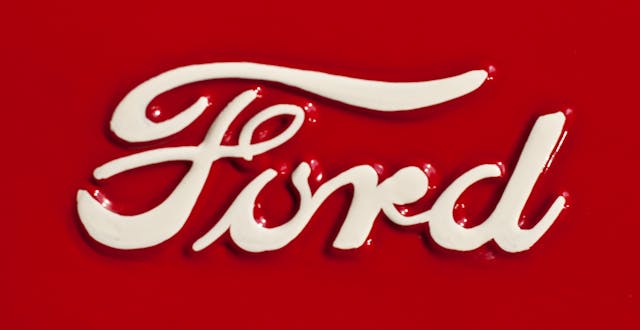
Alfa’s twin-cam four-cylinder engines, whose basic design was 30 years old and which were manufactured using obsolete tooling, were to be replaced by Ford units from the new “Zeta” family then under development. Interestingly, though, Alfa Romeo’s lusty V-6 engines were not only to remain in production but also would power several Ford models. Last but not least, Alfa’s long-serving Spider was to be replaced by an all-new model for 1993, developed in both Alfa and Ford versions.
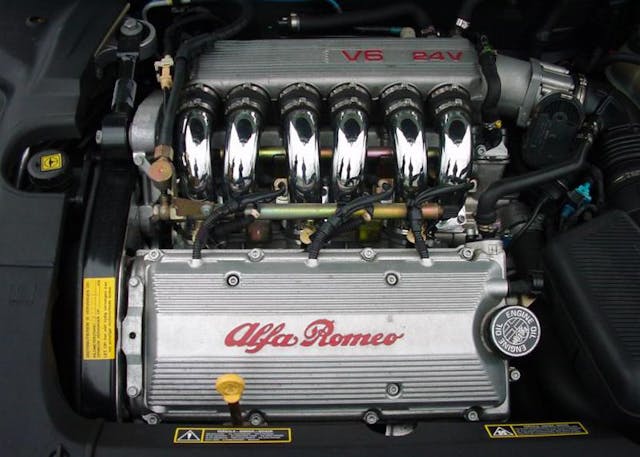
But the sorry state of Alfa’s finances was no secret to anyone, and that’s probably the reason why in its takeover offer, formalized in September 1986, Ford committed to purchase only a 20 percent stake in Alfa Romeo, with the option of building up to a majority holding over the following three years and complete takeover five more years later. This meant that Italy’s state-owned conglomerate, IRI, would have had to remain invested in Alfa Romeo well into the 1990s, which would prove a decisive factor once Fiat entered the fray.
Keen to block such a large competitor from gaining a manufacturing stronghold on Italian soil, in October 1986 Fiat presented its offer for the complete and immediate takeover of Alfa Romeo. With a catch, though: Fiat would pay in five installments starting in 1993 and would only be liable for around 70 percent of Alfa’s considerable debt burden. Nevertheless, Fiat’s offer was formally accepted in November 1986, and Alfa Romeo ceased to exist as a corporate entity by the 1st of January, 1987. The rest, as they say, is history.
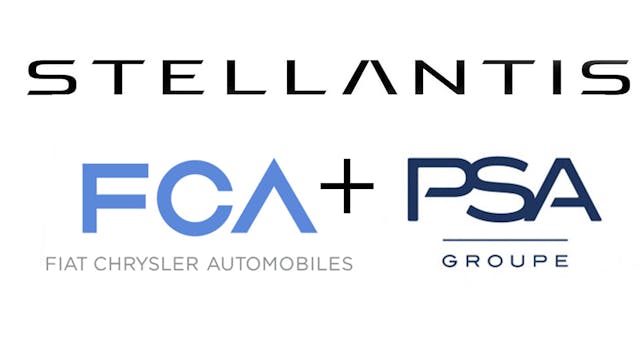
It’s impossible to say whether car enthusiasts would have been better served by an Alfa Romeo under Ford’s control. Although it’s fair to imagine that with access to Ford’s dealer network, Alfa Romeo never would have left the U.S. market, the rest is anyone’s guess. Still, it makes for an intriguing “alternate history” scenario as well as a piece of Alfa Romeo lore that’s all but forgotten, even in its home country.
***
Marketplace
Buy and sell classics with confidence
Matteo Licata received his degree in Transportation Design from Turin’s IED (Istituto Europeo di Design) in 2006. He worked as an automobile designer for about a decade, including a stint in the then-Fiat Group’s Turin design studio, during which his proposal for the interior of the 2010–20 Alfa Romeo Giulietta was selected for production. He next joined Changan’s European design studio in Turin and then EDAG in Barcelona, Spain. Licata currently teaches automobile design history to the Transportation Design bachelor students of IAAD (Istituto di Arte Applicata e Design) in Turin.
Check out the Hagerty Media homepage so you don’t miss a single story, or better yet, bookmark it. To get our best stories delivered right to your inbox, subscribe to our newsletters.
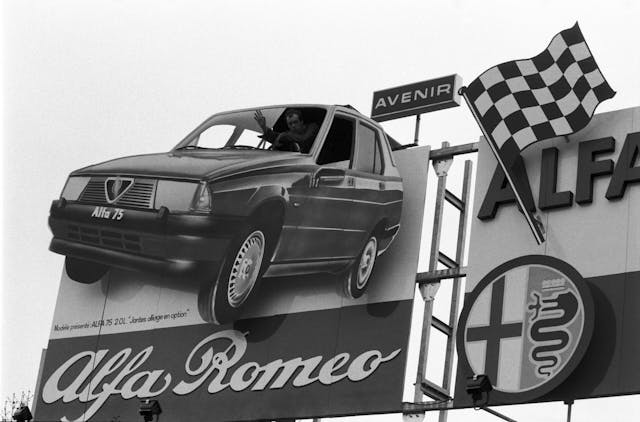
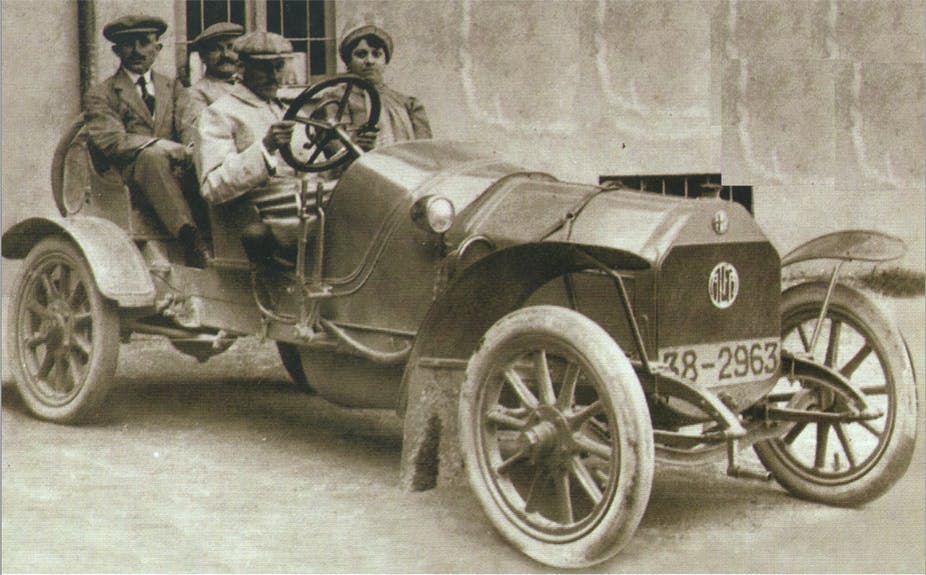
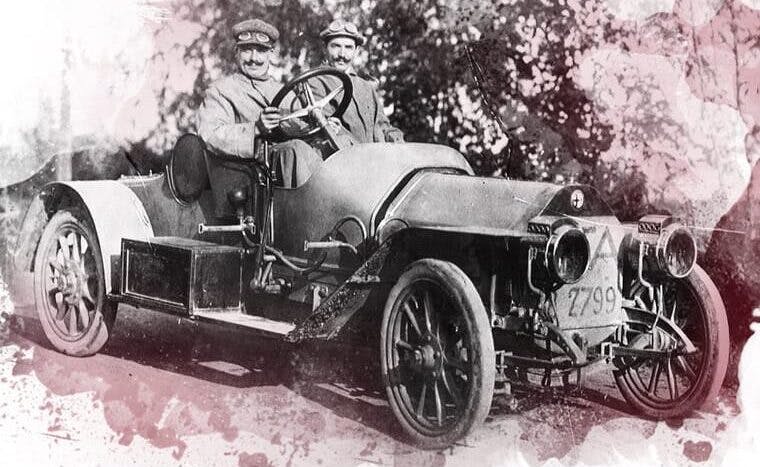

















Alfa has been passed around like a old bottle of wine.
It is a company that has heritage but no one really knows what to do with them.
Ford had a run with trying to be Euro by buying up Euro companies at a time they really needed to fix their home market cars.
They were off trying to buy Europe while the pain on my wife’s Cougar pulled off in sheets. Or my T bird had so many quality issues.
Excellent summary Matteo!
Thank you, glad you enjoyed it!
It’s likely that had Ford taken over Fiat, its quality would have improved markedly, but ultimately Ford would not do enough to save it. We only have to look as far as Jaguar to see what would have happened to Fiat under Ford: Improved manufacturing coupled with litlle or no marketing focused on dispelling an earler reputation around poor quality. Result, sales never meeting objectives.
Ford jettisoned JLR after investing $Billions and expecting the cars to sell themselves. Ironically, since being spun off, now JLR marketing is stronger but quality has again declined.
Exactly.
Great to see your knowledge and writing in Hagerty!
Hello Matteo,
I’ m not sure a 156 with a Zetec will get me nervous…
Ford wasn’ t able to handle Volvo. Handling Alfa Romeo would not have been easier…
Great research again, Matteo. Thank ypu for your efforts keepimg the history of AR alive.